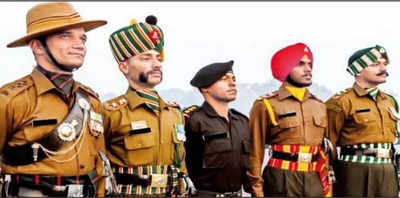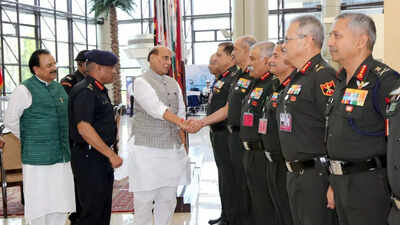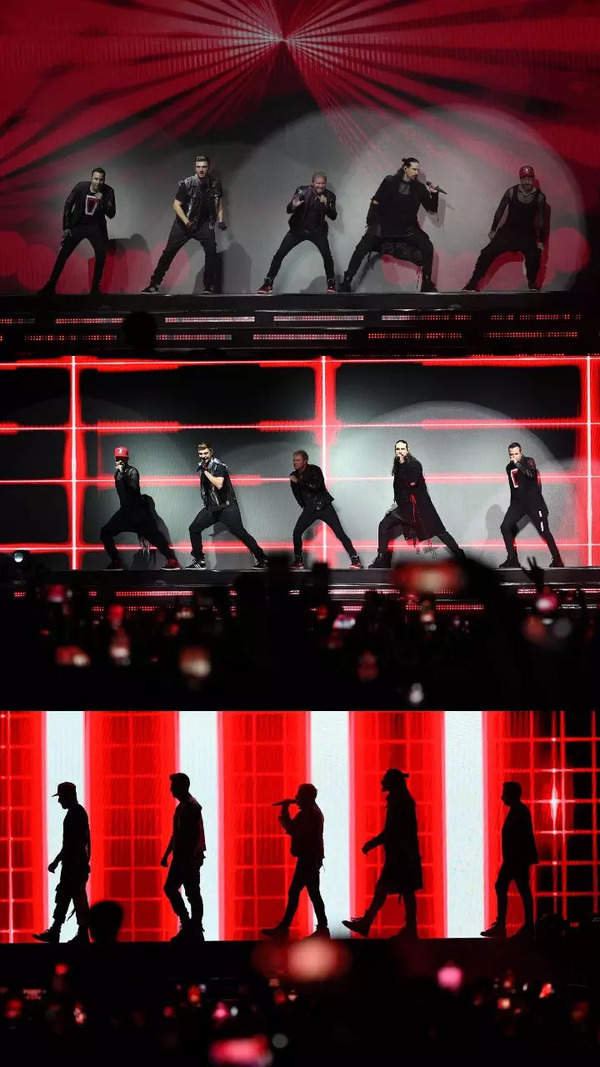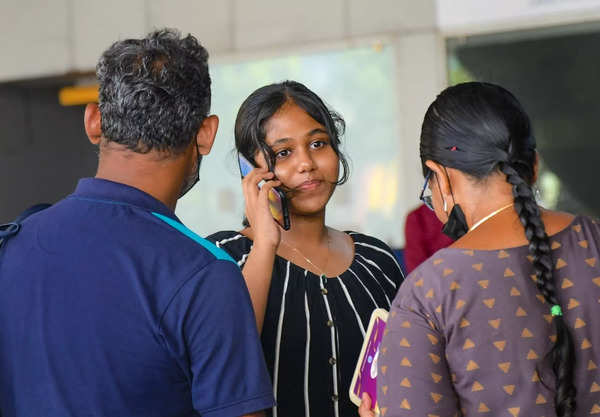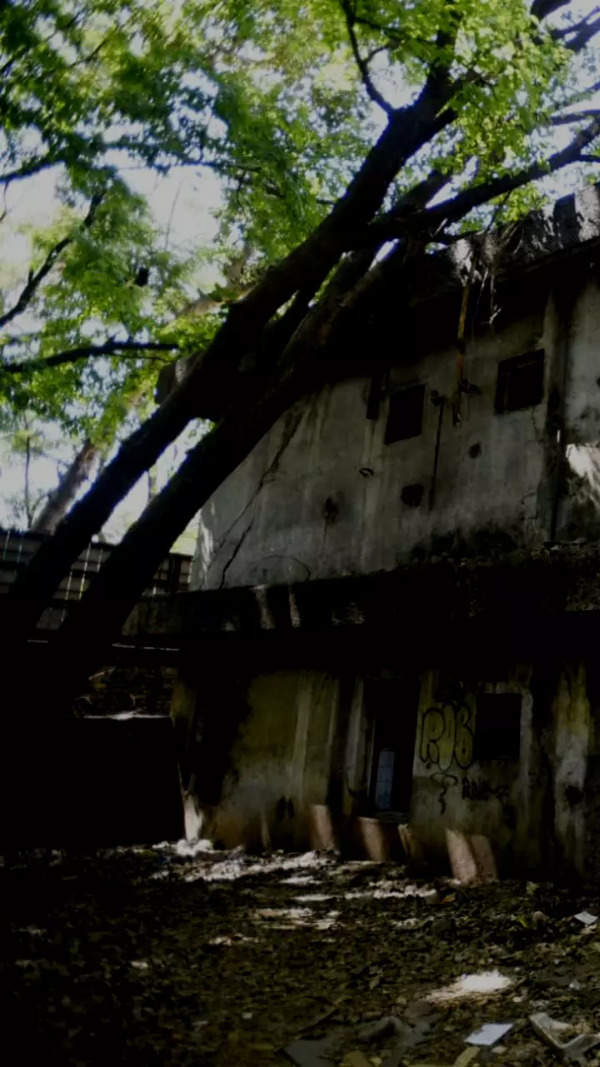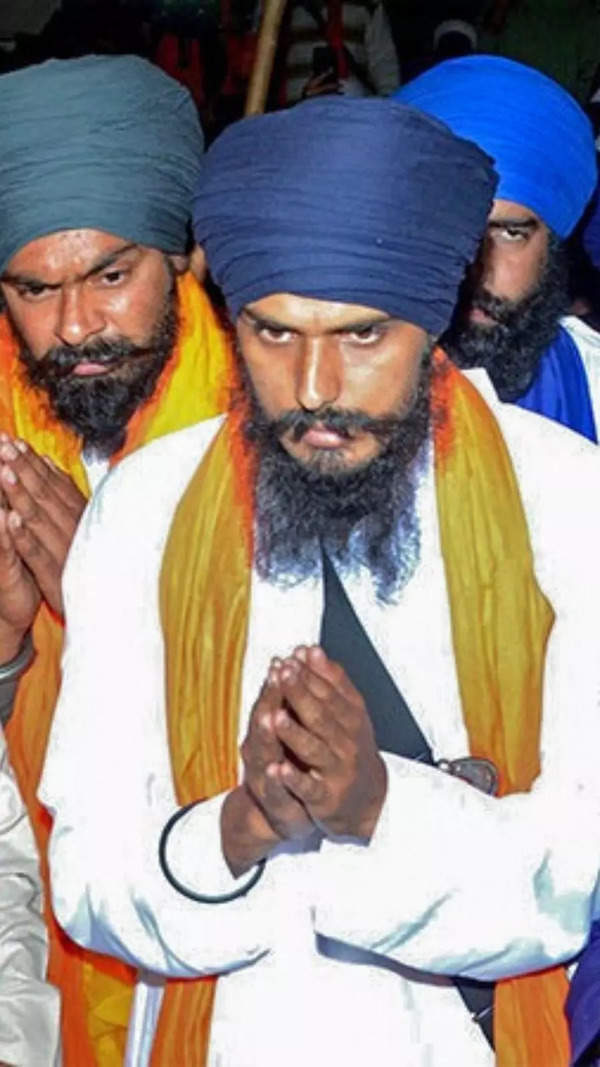- News
- India News
- Army generals to have uniformity in their uniforms, will shed their regimental affiliations
Trending Topics
Army generals to have uniformity in their uniforms, will shed their regimental affiliations
NEW DELHI: Army generals will no longer don distinctive regimental headgear, like Gorkha hats or maroon berets, or shoulder rank badges, gorget patches, belts, lanyards and shoes. They will still wear their dark olive-green uniforms, but with 'standardised' accoutrements that do not display or identify their regimental affiliations.
The Army has decided to adopt a common uniform for the one-star Brigadiers, two-star Major Generals, three-star Lieutenant Generals and the four-star General or chief, irrespective of their parent cadre and appointments, from August 1onwards, official sources said on Tuesday.
The decision for this uniformity-in-uniforms was taken in the recent Army commanders’ conference to “promote and strengthen a common identity and approach in service matters among the senior leadership beyond the boundaries of regimentation” in the 12-lakh strong force.
The senior officers, for instance, will wear black belts with the Indian Army’s insignia instead of their regimental ones. Similarly, they will wear anodised golden-coloured stars, Ashoka lion and crossed swords as their shoulder rank badges.
At present, while most wear the golden-coloured ranks, “rifle regiments” like Gorkhas and Garhwalis wear black ones, while the Assam regiment has silver ones. All the uniform buttons will also be green, unlike the brass ones that the Guards or the black ones the Gorkhas wear.
Brigadiers and above ranks will also not wear lanyards, different colours of which are worn by different regiments. They all will also wear dark green berets instead of the five existing colours ranging from maroon ones for Para-Special Forces to black ones for armoured corps as of now.
Junior officers, in the ranks from Lieutenants to Colonels, will however continue to wear their different types of uniforms and accoutrements that have specific association to their respective arms, regiments and services.
This distinct identity is essential for the junior leadership as well as the rank and file to “further strengthen camaraderie, esprit de corps and regimental ethos”, which is the bedrock of soldiering. “At the unit or battalion level, a distinct sense of identity reflects a strong bond among officers and men in the same regiment,” the source said.
Brigadiers and senior ranks are those who have already commanded their battalions or units and are posted in higher formations or headquarters where officers from all arms and services work together.
At present, the 43,000-strong officer cadre in the Army has around 80 Lt-Generals, 300 Major Generals and 1,200 Brigadiers. “A standardised uniform for them will ensure a common identity and reflect the true ethos of the Army,” the source said.
General Manoj Pande, incidentally, became the first-ever officer commissioned in the Corps of Engineers (The Bombay Sappers) to become the Army chief on April 30 last year. On his promotion to the rank of Brigadier from Colonel, he had opted and was selected for the “general cadre stream” that includes the main combat arms of infantry, armoured corps and mechanized infantry.
The Army last year had also introduced a new ergonomically-designed combat uniform with a “unique digital disruptive pattern” that is lighter, stronger, breathable and easier to maintain. The shirt is not tucked into the trouser in the new combat uniform, obviating the need for a belt.
The Army has decided to adopt a common uniform for the one-star Brigadiers, two-star Major Generals, three-star Lieutenant Generals and the four-star General or chief, irrespective of their parent cadre and appointments, from August 1onwards, official sources said on Tuesday.
The decision for this uniformity-in-uniforms was taken in the recent Army commanders’ conference to “promote and strengthen a common identity and approach in service matters among the senior leadership beyond the boundaries of regimentation” in the 12-lakh strong force.
The senior officers, for instance, will wear black belts with the Indian Army’s insignia instead of their regimental ones. Similarly, they will wear anodised golden-coloured stars, Ashoka lion and crossed swords as their shoulder rank badges.
At present, while most wear the golden-coloured ranks, “rifle regiments” like Gorkhas and Garhwalis wear black ones, while the Assam regiment has silver ones. All the uniform buttons will also be green, unlike the brass ones that the Guards or the black ones the Gorkhas wear.
Brigadiers and above ranks will also not wear lanyards, different colours of which are worn by different regiments. They all will also wear dark green berets instead of the five existing colours ranging from maroon ones for Para-Special Forces to black ones for armoured corps as of now.
Junior officers, in the ranks from Lieutenants to Colonels, will however continue to wear their different types of uniforms and accoutrements that have specific association to their respective arms, regiments and services.
This distinct identity is essential for the junior leadership as well as the rank and file to “further strengthen camaraderie, esprit de corps and regimental ethos”, which is the bedrock of soldiering. “At the unit or battalion level, a distinct sense of identity reflects a strong bond among officers and men in the same regiment,” the source said.
Brigadiers and senior ranks are those who have already commanded their battalions or units and are posted in higher formations or headquarters where officers from all arms and services work together.
At present, the 43,000-strong officer cadre in the Army has around 80 Lt-Generals, 300 Major Generals and 1,200 Brigadiers. “A standardised uniform for them will ensure a common identity and reflect the true ethos of the Army,” the source said.
General Manoj Pande, incidentally, became the first-ever officer commissioned in the Corps of Engineers (The Bombay Sappers) to become the Army chief on April 30 last year. On his promotion to the rank of Brigadier from Colonel, he had opted and was selected for the “general cadre stream” that includes the main combat arms of infantry, armoured corps and mechanized infantry.
The Army last year had also introduced a new ergonomically-designed combat uniform with a “unique digital disruptive pattern” that is lighter, stronger, breathable and easier to maintain. The shirt is not tucked into the trouser in the new combat uniform, obviating the need for a belt.
Start a Conversation
FOLLOW US ON SOCIAL MEDIA
FacebookTwitterInstagramKOO APPYOUTUBE

